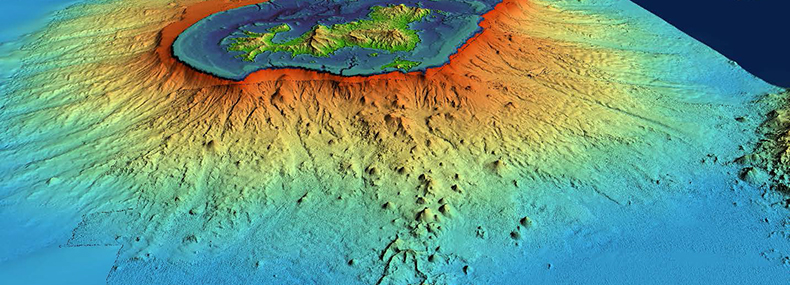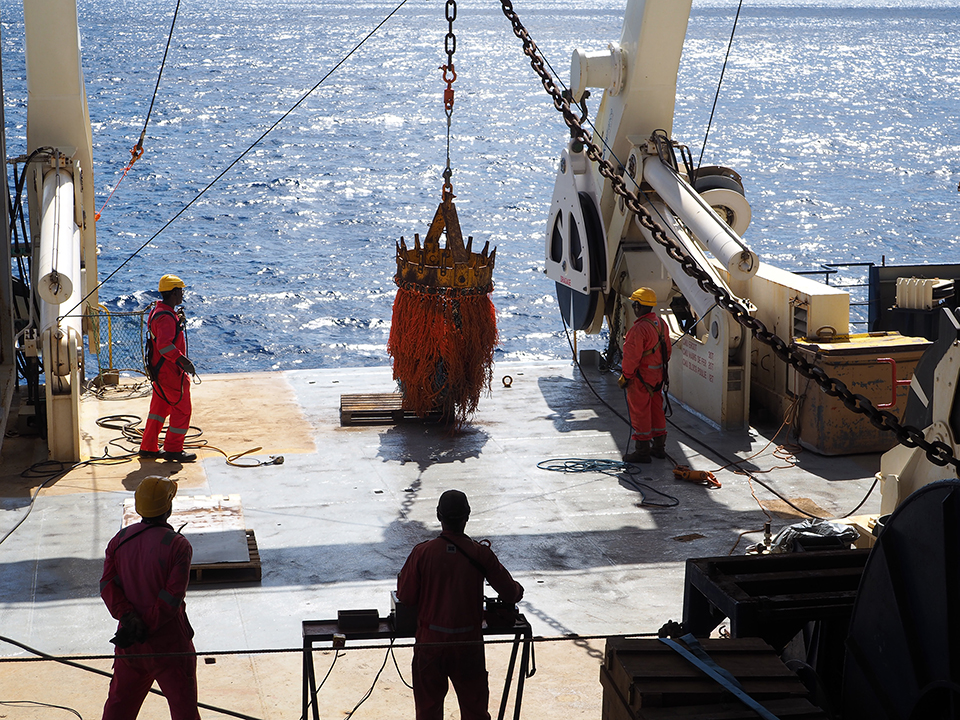New campaign at sea to monitor the evolution of the Mayotte volcano
The MAYOBS15 mission, which will take place on board the Marion Dufresne from October 1 to 26, 2020, aims to maintain instruments and monitor seismo-volcanic activity in the area.

Publication date: 13/10/2020
Observatories, Press, Research
Related observatories : Volcanological and Seismological Monitoring Network of Mayotte (REVOSIMA)
Related themes : Natural Hazards








